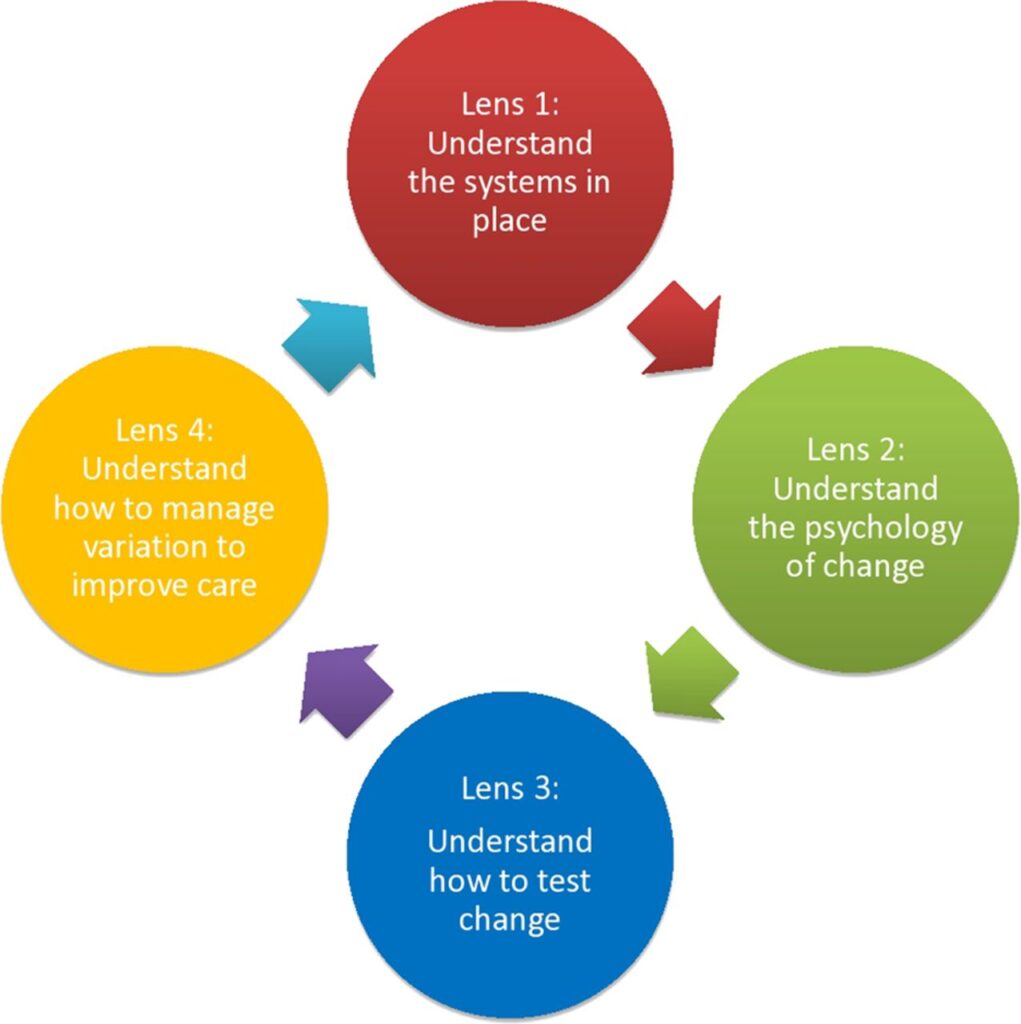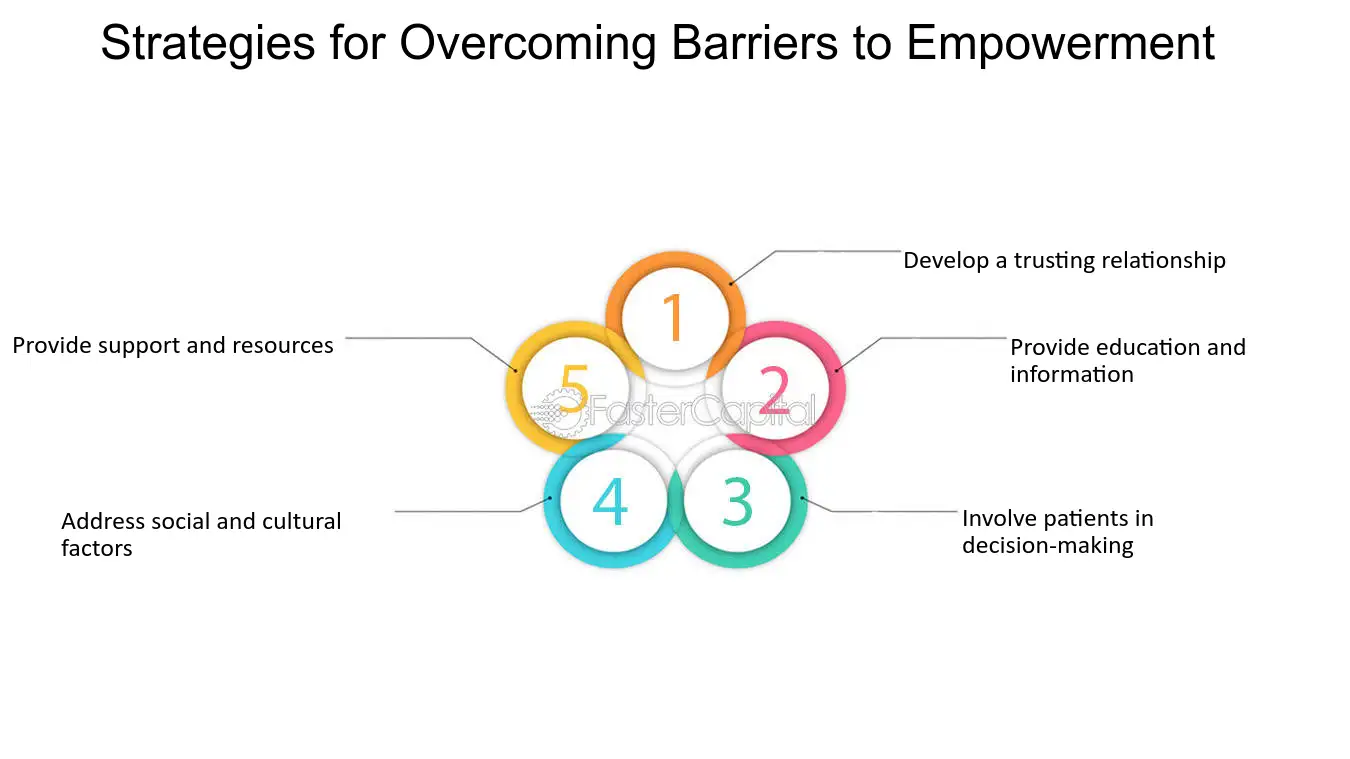Novel Approach to Overcoming Barriers: In today’s ever-evolving healthcare landscape, adopting telehealth services has become more necessary than ever. However, healthcare providers are facing challenges in implementing telehealth solutions, especially when it comes to reaching all patients.
A Novel Approach to Overcoming Barriers for All Patients
Write a novel approach to addressing the challenges of telehealth adoption: think outside the box. By taking a new and innovative approach to overcoming barriers, healthcare providers can ensure that all patients have access to the care they need, regardless of their circumstances.
A key aspect of this novel approach is recognizing the diverse needs of patients and tailoring telehealth services accordingly. For example, patients who do not have access to reliable Internet or technology may still benefit from telehealth in alternative ways, such as telephone consultations or in-person visits with telehealth tools.

Additionally, healthcare providers can leverage community resources and partnerships to reach underserved populations and ensure that no patient is left behind. By collaborating with local agencies and organizations, healthcare providers can expand their reach and provide telehealth services to those who may not otherwise have access.
Additionally, using culturally sensitive and multilingual telehealth solutions can help break down language barriers and ensure that all patients feel comfortable and understood during their virtual consultation. By incorporating these considerations into telehealth services, providers can better meet the diverse needs of their patient populations.
In conclusion, by taking a novel approach to address the challenges of telehealth adoption, healthcare providers can ensure that all patients have access to the care they need. By thinking outside the box, leveraging community resources, and embracing cultural diversity, healthcare providers can overcome barriers and provide equitable and accessible telehealth services for all patients.
Q: What are the innovative approaches to overcome all patient barriers to telehealth adoption?
A: Our innovative approach involves personalized support and guidance for patients, tailored to their individual needs and circumstances. By addressing specific barriers and concerns, we aim to make the transition to telehealth easier and more accessible for all patients.
Q: How does this approach differ from traditional approaches to addressing telehealth adoption challenges?
A: Unlike traditional approaches that may take a one-size-fits-all approach, our innovative approach focuses on understanding each patient’s unique needs and preferences. This allows us to provide more targeted support and guidance, ultimately leading to better outcomes in telehealth adoption.
Q: How can patients benefit from this innovative approach?
A: Patients can benefit from this approach by receiving customized support tailored to their challenges and concerns. By addressing these barriers in a personalized way, we help patients feel more comfortable and confident in using telehealth services.
Q: Will this novel approach work for all patients, regardless of technical literacy?
A: Yes, our approach is designed to be inclusive and supportive of all patients, regardless of their technological literacy. We provide resources and support to help patients overcome any barriers to adapting to telehealth, ensuring that everyone can access the care they need.
Q: How can healthcare providers implement this novel approach in their practice?
A: Healthcare providers can implement this approach by incorporating personalized support and guidance into their telehealth services. By taking the time to understand each patient’s unique needs and challenges, providers can provide more effective support in overcoming barriers to telehealth adoption.
Read Also: Tips for Maintaining Overall Well-being
![]()






One thought on “A Novel Approach to Overcoming Barriers for All Patients”